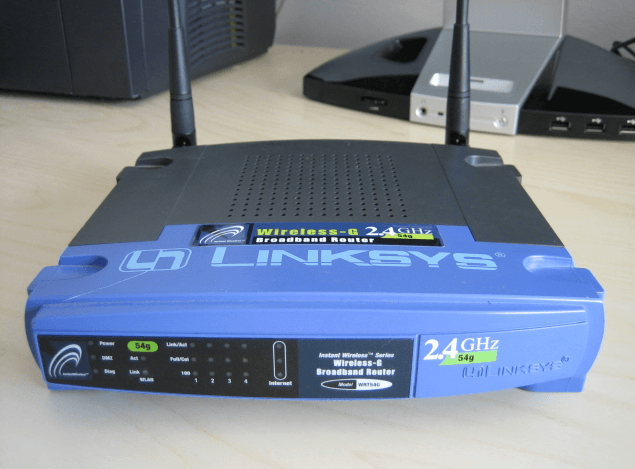

- LINKSYS ROUTER TROUBLESHOOTING HOW TO
- LINKSYS ROUTER TROUBLESHOOTING UPDATE
- LINKSYS ROUTER TROUBLESHOOTING MANUAL
These might be a separate download from their websites or included in your router’s settings. Many router brands offer their own tools to troubleshoot issues. Network diagnostic tools can help you discover possible issues, including finding dead spots. In addition to the tips above to troubleshoot your router, you may have to dig deeper to fix the problems you have with the Wi-Fi router not working. Others require a desktop tool or an app, and others offer the setting in the Web-based interface.
LINKSYS ROUTER TROUBLESHOOTING UPDATE
Some update the firmware automatically, leaving you without the option to do so yourself.

LINKSYS ROUTER TROUBLESHOOTING HOW TO
Once you’re in your router’s Wi-Fi channel settings, how do you know which channel to pick? There’s quite a lot to it, so read our guide on how to find the best Wi-Fi channel for your network.Īlso, every router brand has a different method for updating the firmware.
LINKSYS ROUTER TROUBLESHOOTING MANUAL
If you haven’t manually changed the default username and password, you can often retrieve this information by using your favorite search engine and entering your router’s model number, followed by a phrase such as “default username and password” or “default login.” Your router’s model number should be printed in the manual or on the router itself.

This information varies by ISP, but is typically printed on the router itself. It should prompt you for your router username and login. Once you’ve retrieved this information, enter your router’s IP address into your web browser. Here’s how to find your router’s IP address on any platform. This is usually 192.168.1.1, 192.168.0.1, 192.168.1.254 or similar (check out the cheatsheet here) and needs to be entered into your browser. To get to your router’s settings, you’ll need to know the router’s IP address. You can manually change your Wi-Fi channel through your router’s settings. In this scenario, it’s possible your Wi-Fi channel may be busy with traffic from other Wi-Fi users in your local area. Perhaps you’re managing to connect to the network over Wi-Fi, but the network’s performance is slow or unreliable. Check the user manual to see if your router has error light indicators. Depending on the router, different light colors and flashing patterns indicate specific problems. One of the easiest ways to troubleshoot a router is to look at the lights themselves. If you have access to a second Ethernet cable, you may want to try switching the cables. It may also help to remove and then reattach the Ethernet cable to see whether this kickstarts the connection. Alternatively, if you’re already physically connected to the router, check that the cable is firmly attached. By physically connecting your device to the router, you can check whether the issue lies with the router itself or the quality of your Wi-Fi signal. There are many factors that can interfere with a Wi-Fi connection, including physical barriers, such as walls. If you’re struggling to connect to Wi-Fi, you may get positive results by connecting your device to the router directly using an Ethernet cable. If this device manages to connect without any issues, then chances are the router isn’t at fault. Wherever possible, it’s a good idea to test your connection using at least one other Internet-enabled device. If you’re experiencing issues with a single device, there’s always the possibility the problem may lie with your device and not the Internet connection.


 0 kommentar(er)
0 kommentar(er)
